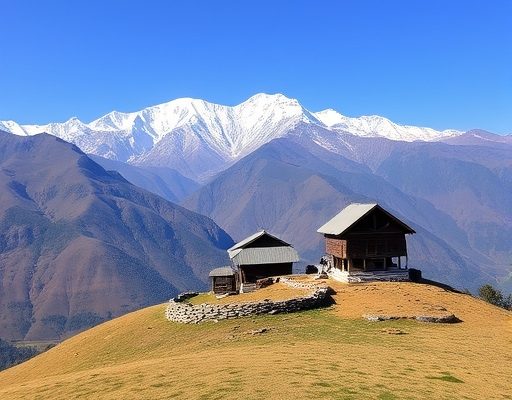Boost Your Brain’s Dopamine Level & Feel More Joy with These Simple Tricks!
Who wouldn’t want to boost their mood and energy and find inner peace? Achieving peace of mind is challenging for many in today’s fast-paced world. However, with the right approach, it’s not an impossible task. Experts say it’s essential to take a break and appreciate the little joys in life, especially in our busy lives. Dopamine – The Invisible Key To Happiness Have you heard of dopamine? It’s not just a hormone; it’s the key to unlocking a world of positivity and happiness. Dopamine, known as the ‘feel-good hormone’, can be our ally in the pursuit of a more fulfilling life. Increasing its production can lead to a dopamine rush, activating the brain’s reward and pleasure mechanism and filling our lives with joy and contentment. But how can we stimulate the production of dopamine in our bodies? Instead of seeking quick fixes, let’s explore some enjoyable and practical habits. From regular exercise and enjoying a nutritious, balanced diet to practising mindfulness and setting achievable goals, these simple changes can help boost dopamine levels and enhance your life. Why Sunlight Is Important? Did you know that basking in the morning sun not only improves vitamin D production but also increases dopamine production, boosting your energy and enthusiasm? Try it during your morning walk, and you’ll immediately notice a positive change in yourself. Happiness Begins In The Gut There is a famous saying by Hippocrates, ‘All disease begins in the gut.’ There is always another side to this opinion. If the gut is clear, you can say, ‘All happiness begins in the gut.’ Yes, expert studies reveal that certain fermented food items can accelerate the growth of beneficial bacteria in the stomach, as such food items contain probiotics. ACV, curd, buttermilk, cheese, idli, dosa, etc, are a few examples on the list. Tyrosine, The Amino Acid Tyrosine, an amino acid, is essential for protein production in the body and can also boost dopamine levels. It would be ideal to include tyrosine-rich food items like milk and milk products, fish, meat, etc in your diet. Plant-based Food Items Prebiotic foods are entirely plant-based fibres that feed good bacteria in the gut. Some examples of prebiotic-rich foods are whole grains, nuts, cereals, soy products, etc. Prebiotics help maintain the balance and production of good bacteria in the body. Thus, they help produce dopamine. The Joy Of Music Did you know that music and happiness have some relationship? Engaging in your favourite activities or listening to your favourite music can automatically trigger the release of dopamine levels in the brain, leading to a feeling of pleasure. Sleep And Exercise A good sleep can help you regain your lost enthusiasm when you feel tired or dull. It happens because good sleep and physical activity increase dopamine production and energise you. Learn Something New Remember, there is no age limit for learning. The excitement you feel before learning new things is a result of dopamine. By continuously learning, you’re not just improving your happiness level in the moment but also ensuring a youthful and vibrant future.









